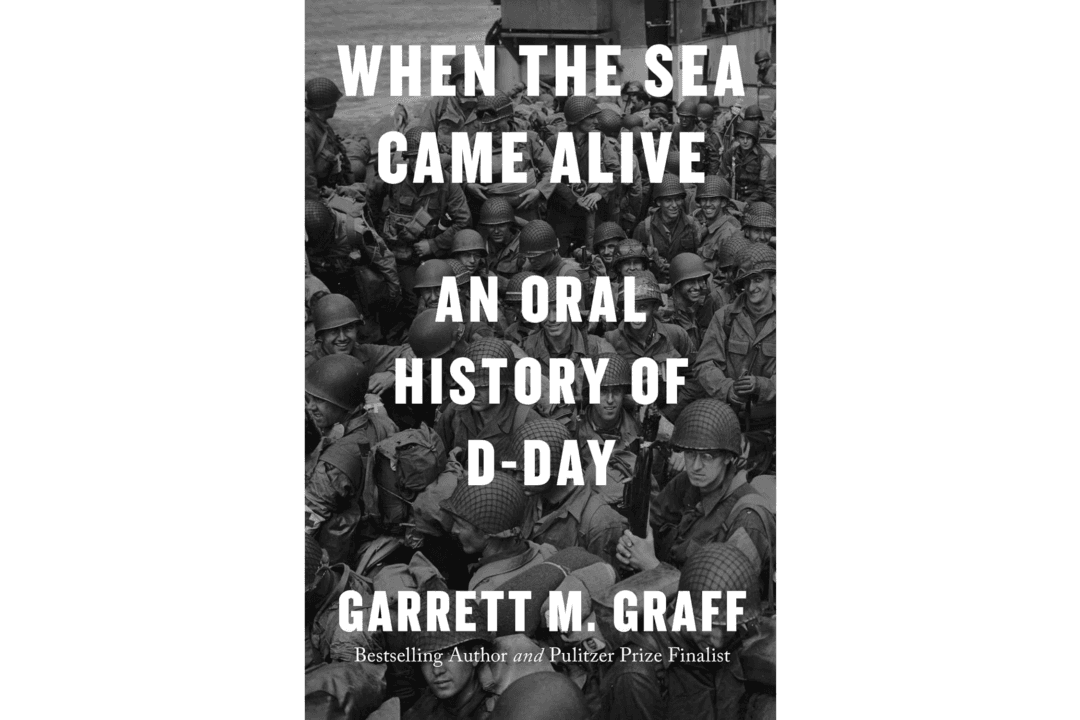The World War II Normandy landings occurred 80 years ago. So important was the success of the invasion to ultimate victory that the generic term for a landing day has attached itself to Operation Overlord. It is remembered as D-Day.
“When the Sea Came Alive: An Oral History of D-Day” by Garrett M. Graff recaps the day of the invasion and the events leading up to it. He tells it using the words of the men and women who participated.






